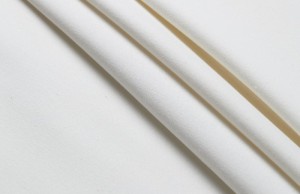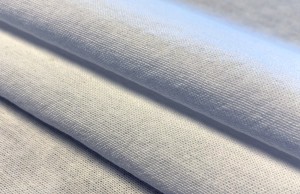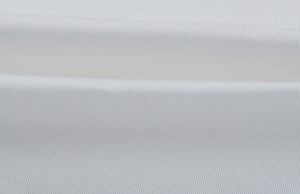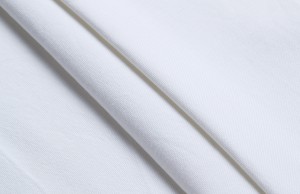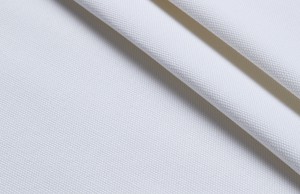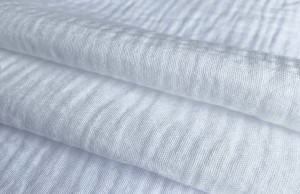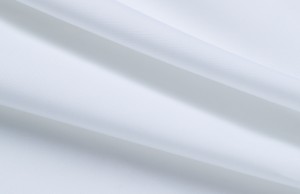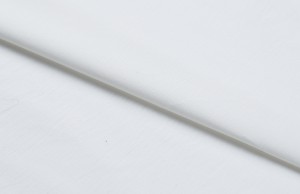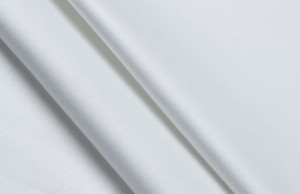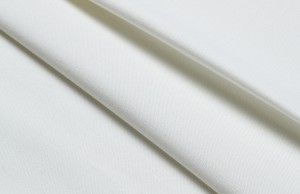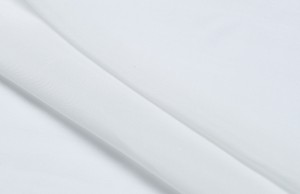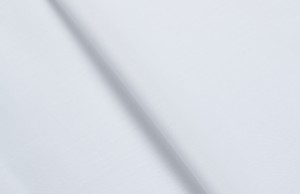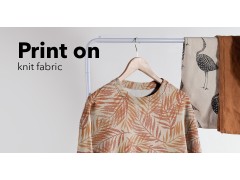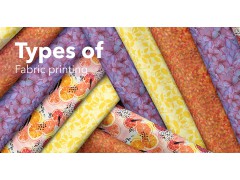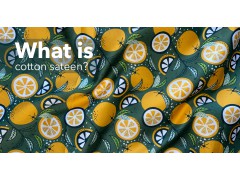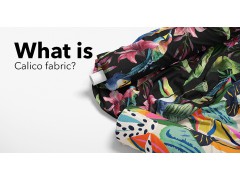Curious about what cotton can be used for, what the characteristics of cotton are and the different types of cotton? Then read on!
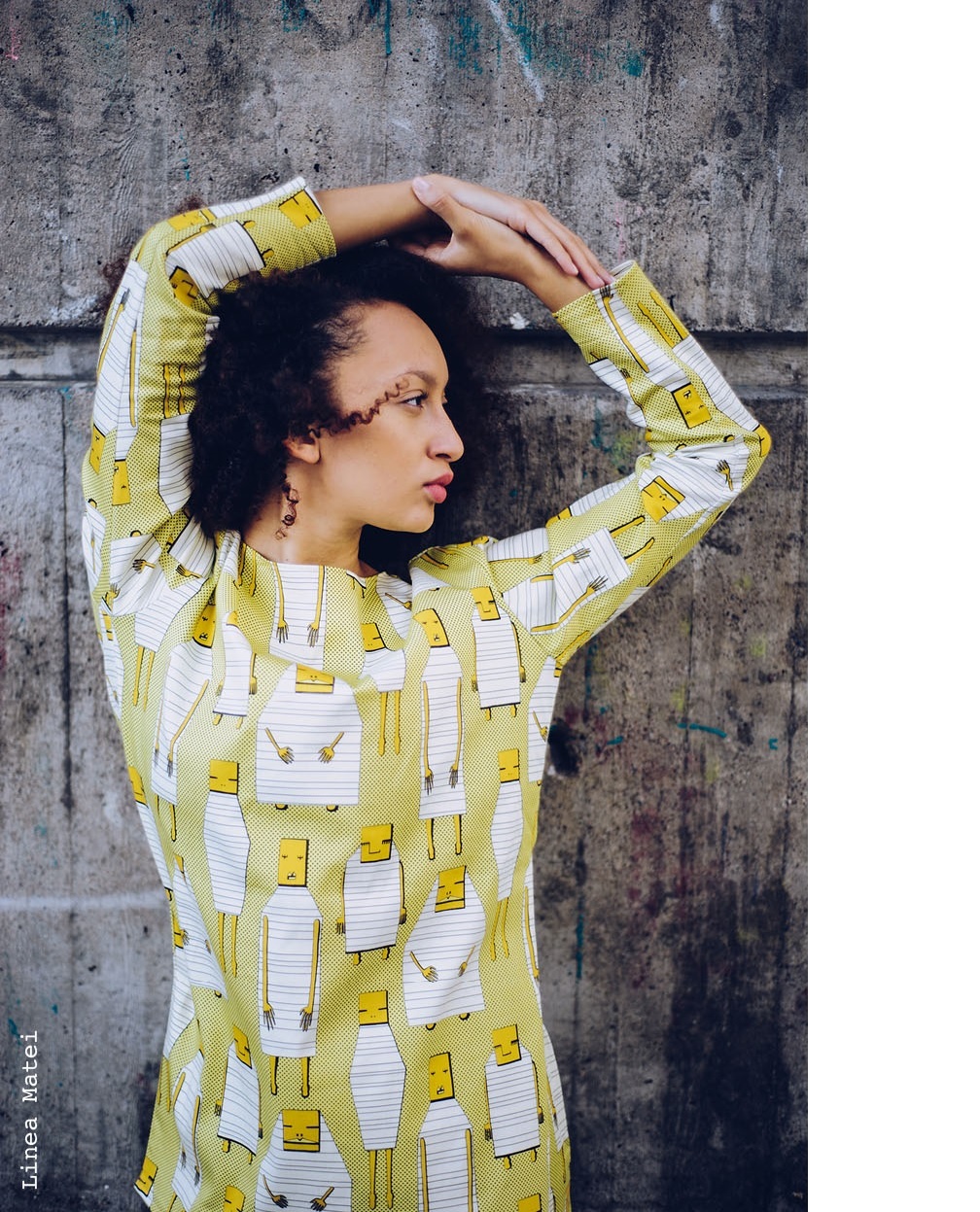
Creation of designer Linea Matel (Cotton Dijon)
Cotton: what exactly is that?
Cotton is a natural product and comes from the cotton plant. The seed fluff of the plant are the cotton fibres. These fibres are spun into threads and are used to make soft, breathable textiles.
Today, cotton is produced worldwide, but most plantations are in countries with a warmer climate. Cotton plants need a lot of sunlight and warmth.
What is cotton used for?
Cotton is extremely versatile and is used for a large number of products. This includes clothing, curtains, pillows, towels, wraps, bandages and bedding.
There are a number of reasons why cotton is such a popular fabric:
First of all the wearing comfort; a cotton fabric feels natural on your body and the durability of cotton makes it a popular material for clothing.
Secondly, cotton is very sturdy, making it resistant to mechanical and chemical influences from outside.
Furthermore, the fabric absorbs a lot of moisture. Cotton can absorb around 20% of moisture without feeling damp.
Finally, cotton is also breathable, so many people like a cotton duvet to sleep under. In the summer it is cooling and in the winter it doesn't get too cold.
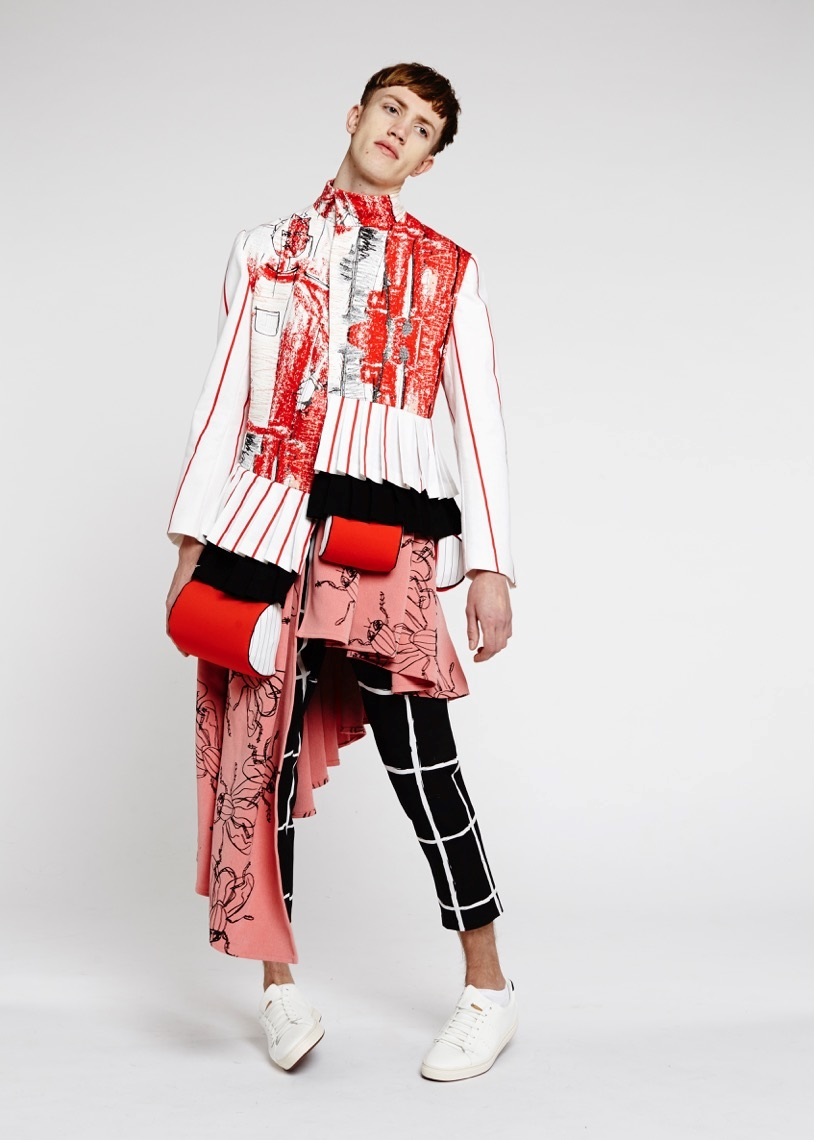
Creation of designer Saskia Fell (Cotton Gabardine Eco)
Characteristics of cotton
Cotton has many different characteristics, making it a popular fabric for designers. We have listed these characteristics for you:
Cotton…
- does not wear quickly;
- feels natural on your body;
- is moisture-absorbent and breathable;
- is easy to clean;
- fairly rough, but strong material;
- absorbs a lot of moisture;
- can be easily painted;
- is a very sturdy fabric due to the inner structure of cotton;
- is crease sensitive;
Different types of cotton
One cotton is not like the other. You have many different types of cotton that differ in quality, softness and characteristics. The diversity is created by the way the cotton threads are woven and by the different production methods.
The thickness of the thread, the binding (the way the threads are woven) and the weave density (the number of threads per surface) determine how the fabric reacts. As a designer, it is therefore important to take this into account when choosing a fabric.
Cotton can be woven or knitted. The difference between woven cotton and knitted cotton is the shape of the thread in the fabric. Woven cotton is made by joining two or more threads perpendicular to each other. Knitted cotton, on the other hand, is made through a single thread in such a way that the cotton resembles lines with small rows of braids.
A distinction is also made between combed and uncombed cotton. Combed cotton is combed before spinning. This removes the shortest and most delicate threads, which means that the quality of combed cotton is higher and lasts longer.
Below we have listed the different types of cotton and their characteristics for you:
Cotton satin
Cotton satin is made from fine cotton thread, which makes the material feel silky soft and smooth. Cotton satin is woven.

Cotton satin
Percale cotton
Percale cotton is woven and is made from 100% cotton. Percale cotton feels even softer and more pleasant than normal cotton.
Jersey cotton
Characteristic of jersey cotton is that it is a flexible and elastic fabric with a high stretchability. Jersey cotton is knitted. A distinction is made between single jersey and interlock. The difference is in the thickness.
A single jersey only has a V pattern at the front and is therefore often lighter. This makes single jersey suitable for summer fashion, T-shirts and children's clothing. Interlock, on the other hand, has a V pattern on both sides and is therefore often heavier. This makes interlock more suitable for winter fashion.
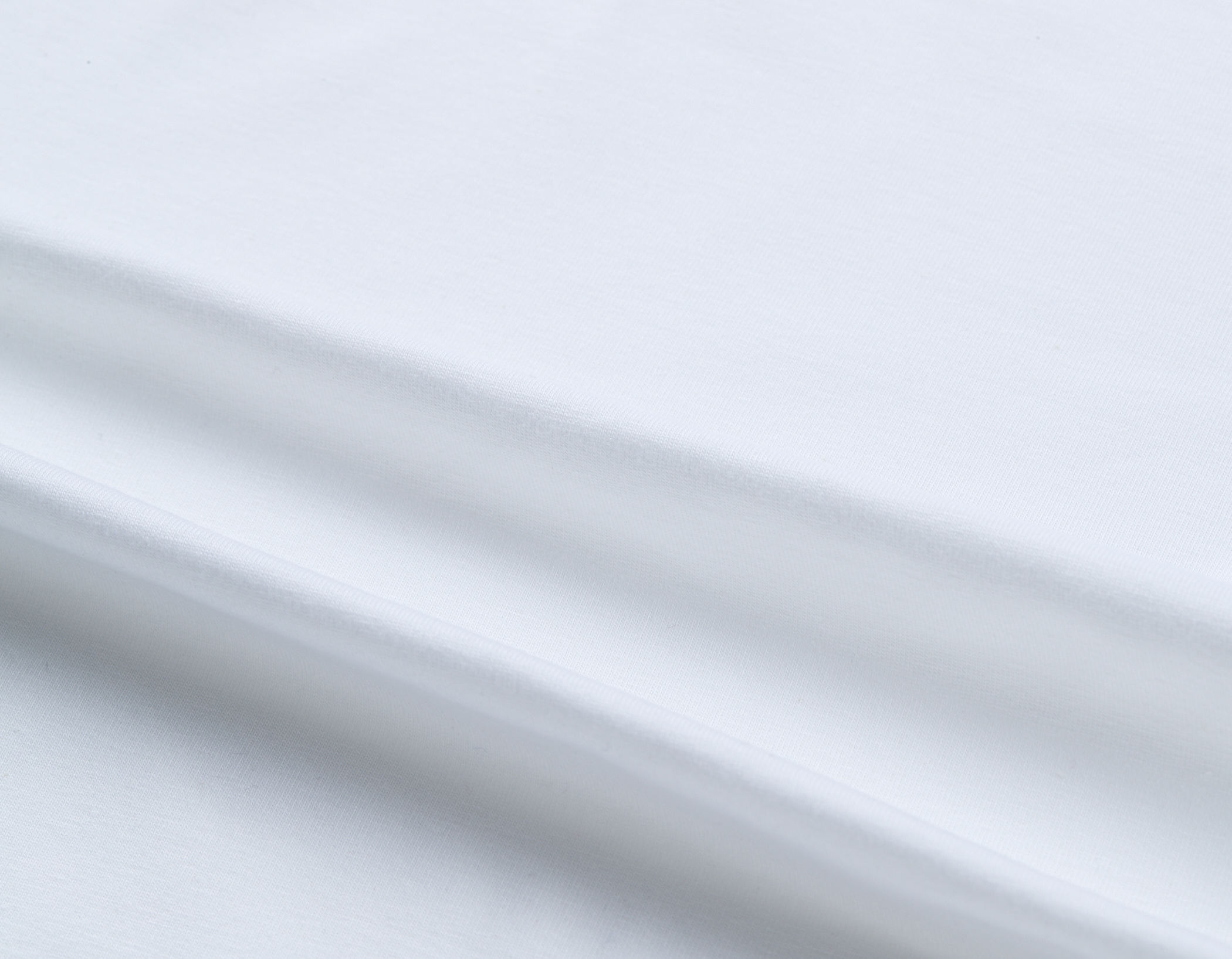
Jersey cotton
Flannel cotton
Flannel is made from 100% cotton. Flannel fabric is finely woven cotton that is slightly roughened, woolly and feels nice and thick.
Twill cotton
Twill binding is a special weaving technique, recognizable by the diagonal weave pattern in the fabric. Twill cotton is very strong and thick, making it widely used for jeans, work jackets and shirts.
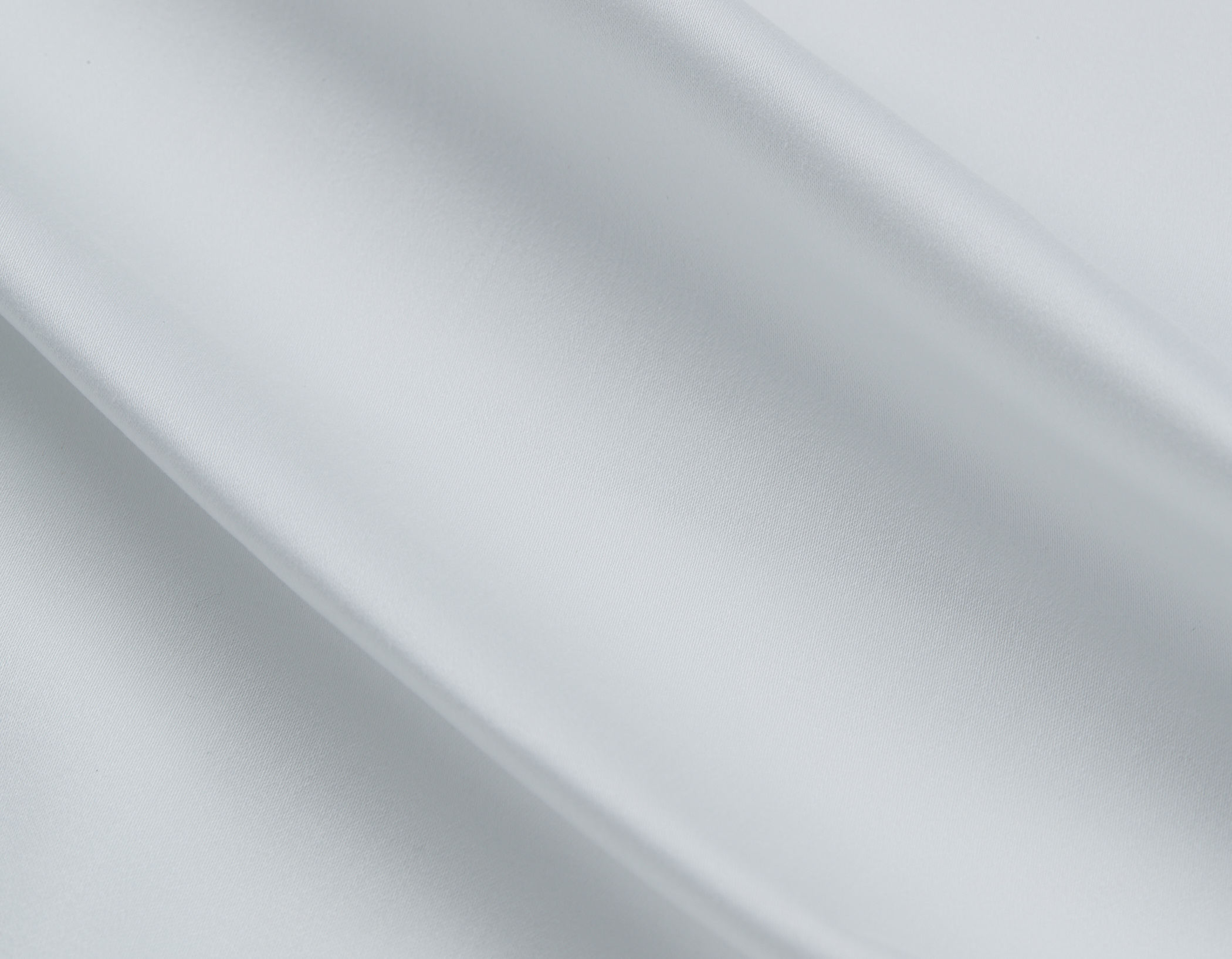
Twill cotton
Cotton renforcé
This fabric is made from 100% cotton. A special weaving technique is used, making the fabric stronger and firmer than normal cotton.
In the table below we have listed the characteristics of the different types of cotton for you.
Washing cotton
Cotton is an easy to maintain material. It can simply go in the washing machine and in the dryer.
But make sure it doesn't shrink! The shrinkage is caused by the fibres being tightly woven during production. If you then add water to this, the fibres relax slightly, causing the cotton fabric to shrink.
At higher temperatures the chance of the fabric shrinking is even greater, therefore it is wise to wash it at low temperature for the first time and not to put it directly in the dryer.
In addition, with new designs it is wise to first wash the cotton once, so that the fabric has already shrunk, and you will not be faced with surprises afterwards.
Printing on cotton
If you do not find the right print or you have designed a design that you would like to use for your next design, it is also possible to have your own design printed on cotton.
Every type of cotton can be printed, so the possibilities are endless!
There are two different options for printing on cotton: you can do it yourself or you can have it done by a professional printer.
If you are going to print on cotton yourself, it is important to wash and iron the fabric beforehand so that the paint adheres better.
Professional printers nowadays use digital printers, which means that the fabric is printed with your own unique print in no time. The advantage of this is that it can be printed in large quantities, while the quality is guaranteed.
A printer also helps with printing on large formats and with making the smallest details clearly visible.
Curious about how a professional printer works? Watch our video below
Cotton fabrics from House of U
After reading this blog, do you feel like working with your new designs? House of U is a digital textile printing company of fabrics for the international fashion and interior market.
Do you still find it difficult to choose and would you rather see and feel our fabrics first? Then order the fabric swatches you want. Or you can order our complete fabric book or the Eco Fabric Kit, which contains all our sustainable fabrics.
Order our fabric book Order our Eco fabric kit
Do you want to know more about our work and what we can do for you? Then subscribe to our newsletter so that you are kept informed of new blogs and the latest news!






